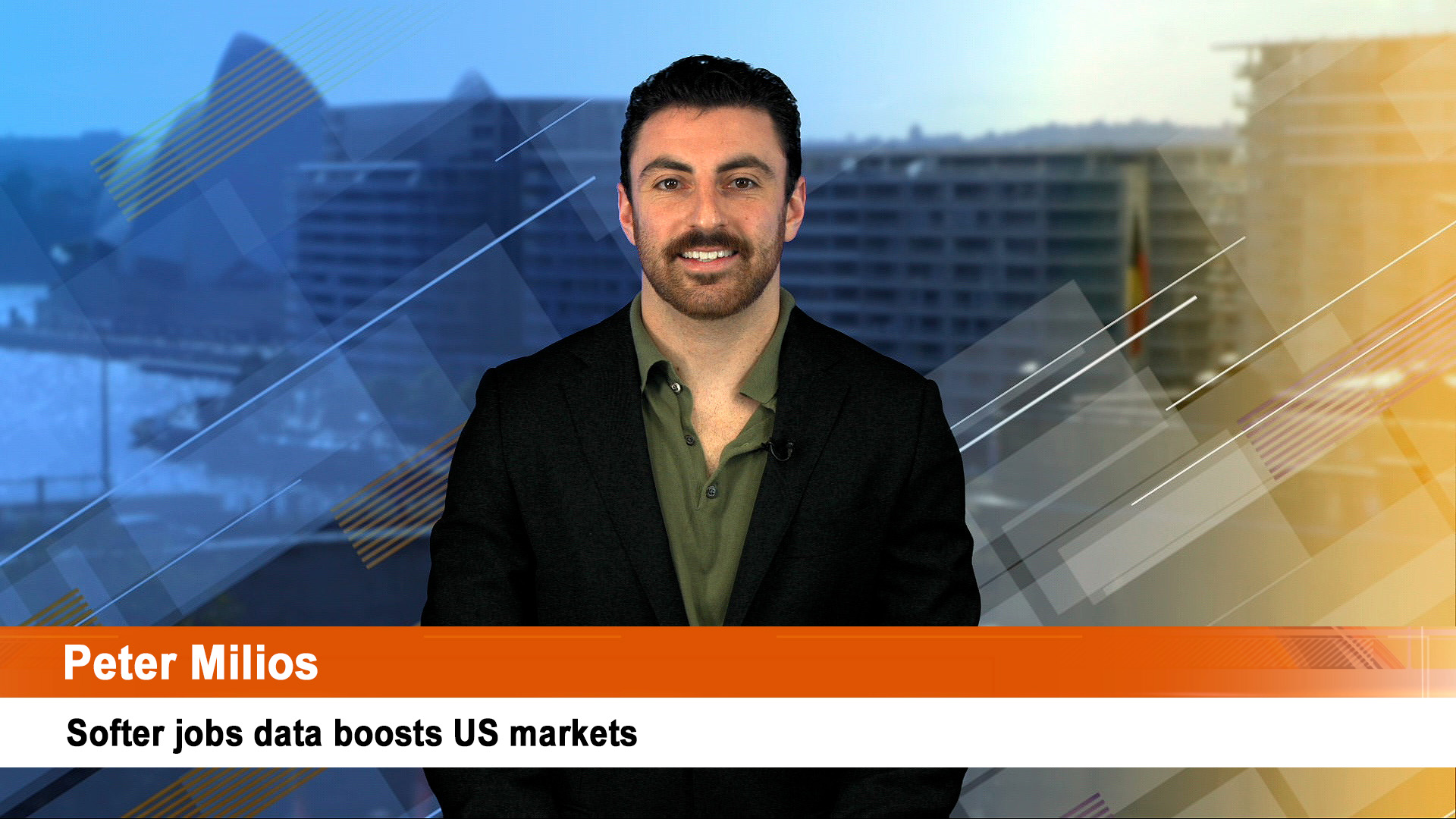A quieter start is expected today for the ASX despite a big rise on Wall Street on Monday, following in the footsteps of the local market’s record 7% gain.
Local confidence will be tested by a sharp slide in the prices of oil, gold and iron ore on Monday.
Overnight trading had futures up just 18 points at 7 am Tuesday – a huge difference to Monday’s 339 point surge. Less than half an hour later the market had jumped to a 55 point or 1% gain!
Wall Street ended sharply higher, with the main benchmarks making gains of at least 3% as investors appeared to take comfort from a more serious tone from the White House (ie Donald Trump) about the coronavirus epidemic.
The Dow closed up 690.70 points, or 3.2%, settling at about 22,327, while the S&P 500 added 85.18 points, 3.35%, to close at 2,626. The Nasdaq ended at 7,774, up about 272 points or 3.6%.
Wall Street ignored another rough session for oil – US crude dipped under $US20 a barrel on several occasions during the global trading session to end just above that level. Talk of contact between President Trump and Putin about the slump left traders unmoved.
The cap on production by OPEC and Russia and its allies ends tonight and the market expects no change in the market outlook for a while.
Traders pointed to the continuing high readings for the so-called Vix index – a measure of market volatility which remains above a reading of 50.
The Cboe Volatility Index was lower Monday at 58.74. Marketwatch.com says that puts it on track to break a 10-session streak of closes above 60, a run that’s eclipsed the previous record eight-day stretch in November 2008, in the midst of the financial crisis.
The index, which has a long-run average around 20, hit an all-time high earlier this month as stocks plunged deeper into a bear market.
Analysts say it has to fall under 50 and then lower for a sustained run higher – last week’s 20% surge by the S&P 500 was not convincing with the Vix at such historically high levels.
Trading will be influenced by the continued weakness in oil and gold prices – that will knock those sectors lower.
Later today the two surveys of Chinese manufacturing and non-manufacturing activity – these will be from the National Bureau of Statistics – will be released. Economists are looking for a bounce-back in manufacturing from the record low of 35.7 in February to around 40 to 44.
The non-manufacturing (service sector) survey is expected to rise back over 40 from February’s record low of 29.6
Two more surveys are out this week from Caixin/Markit – manufacturing activity tomorrow and services on Friday.
As well today marks the end of the month and quarter – and financial half or full year for lots of companies and investors.
So we can expect more of the ‘window dressing’ that we saw on Monday and in offshore markets on Monday.
Watch for late gains for many high profile shares and market indexes as managers and brokers try to soften the blow of what has been a miserable month thanks to COVID-19.
Up to Monday’s close, the ASX 200 is still down more than 18% for the month and more than 22% for the year to date.
Whatever happens today will not soften the terrible damage done to companies large and small by the virus. Their share prices remain out of whack with reality.
Monday saw an unrealistic gain in the ASX 200 of 7% and 6.5% for the All Ords.
News of the $130 billion wages package from the Federal government in Canberra boosted the market further in the late afternoon.
The ASX 200 is still, even after Monday’s 339 point surge nearly 2000 points lower than the highs of February 20.
Australian investors will have to contend with another drop in iron ore prices on Monday. The price of 62% Fe fines delivered to northern China fell $US3.38 or 4% to $US82.98.
So that’s a slide in the prices of gold, oil and iron ore – three major commodities for Australian investors – how will that play with all that optimism on Monday?













